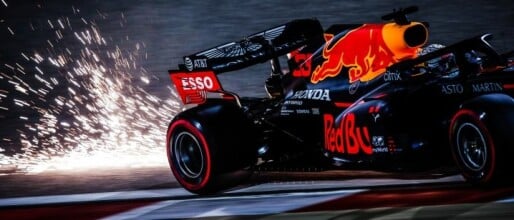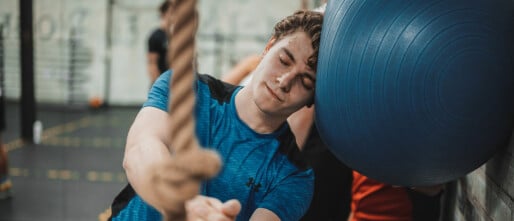In the high-stakes, adrenaline-fueled world of Formula 1 racing, where every detail of preparation can be the difference between victory and defeat, neck training stands out as a non-negotiable aspect of a driver’s regimen. I'm Pieter Bulsink, and today we're exploring the essentiality of neck training for Formula 1 drivers, underpinned by rigorous scientific research and proven strategies to ensure you're not just competitive, but dominant on the track.
Why Neck Strength Matters in Formula 1
The cockpit of a Formula 1 car is no ordinary seat. Here, drivers are subjected to G-forces exceeding 5G during turns, acceleration, and braking. This immense force demands extraordinary neck strength and endurance to maintain head stability and focus, crucial for performance and safety.
Scientific Backing: The Core of Neck Training
Research underscores the significance of specialized neck training for motorsport athletes. A study in the *Journal of Applied Biomechanics* illustrates that targeted neck muscle training can significantly enhance muscular endurance and stability, mitigating the risk of injury while improving overall car control.
Building a Neck of Steel: Recommended Exercises
- Isometric Neck Exercises: These static exercises build strength and endurance by resisting motion. Position your head against a fixed resistance, like a wall or exercise band, and push for 10-15 seconds per side. Repeat in front, back, and both sides.
- Dynamic Neck Strengthening: Utilize resistance bands or a neck harness with weights for movements in all directions. This not only builds muscle but also improves flexibility and range of motion, vital for coping with the dynamic demands of racing.
- Neck Flexion and Extension: Essential for front and back muscle balance, these can be performed with or without additional resistance. Lying face up or down, lift your head against gravity, hold, and slowly return to the starting position.
- Rotational Resistance Training: Mimicking the rotational forces experienced in turns, use a resistance band to practice neck rotations, enhancing the muscles' ability to resist and control lateral forces.
Incorporating Recovery and Nutrition
Recovery plays a pivotal role in any training regimen. Adequate rest, coupled with techniques such as massage and stretching, ensures muscles repair and strengthen effectively. Nutritionally, focusing on a diet rich in protein, omega-3 fatty acids, and antioxidants supports muscle recovery and cognitive function, both crucial for F1 drivers.
Tailoring Your Training
It's important to remember that like any aspect of physical preparation, neck training should be customized to individual needs and progressively adjusted to match increasing strength and endurance levels. Regular assessment and adaptation of your training program, in consultation with a sports science specialist, will yield the best results.
Final Thoughts
The neck muscles, though often overlooked, are fundamental to a Formula 1 driver's performance. Strengthening them is not just about withstanding the physical demands of racing; it's about ensuring you can compete at your best, safely, lap after lap. As we navigate the path to peak performance, remember, in motorsport, every muscle counts, and your neck is no exception.
Embrace the challenge, incorporate these strategies into your training, and watch as your ability to tackle the rigors of Formula 1 racing reaches new heights.







Gijs
on 23 Sep 2024Pieter Bulsink
on 23 Sep 2024